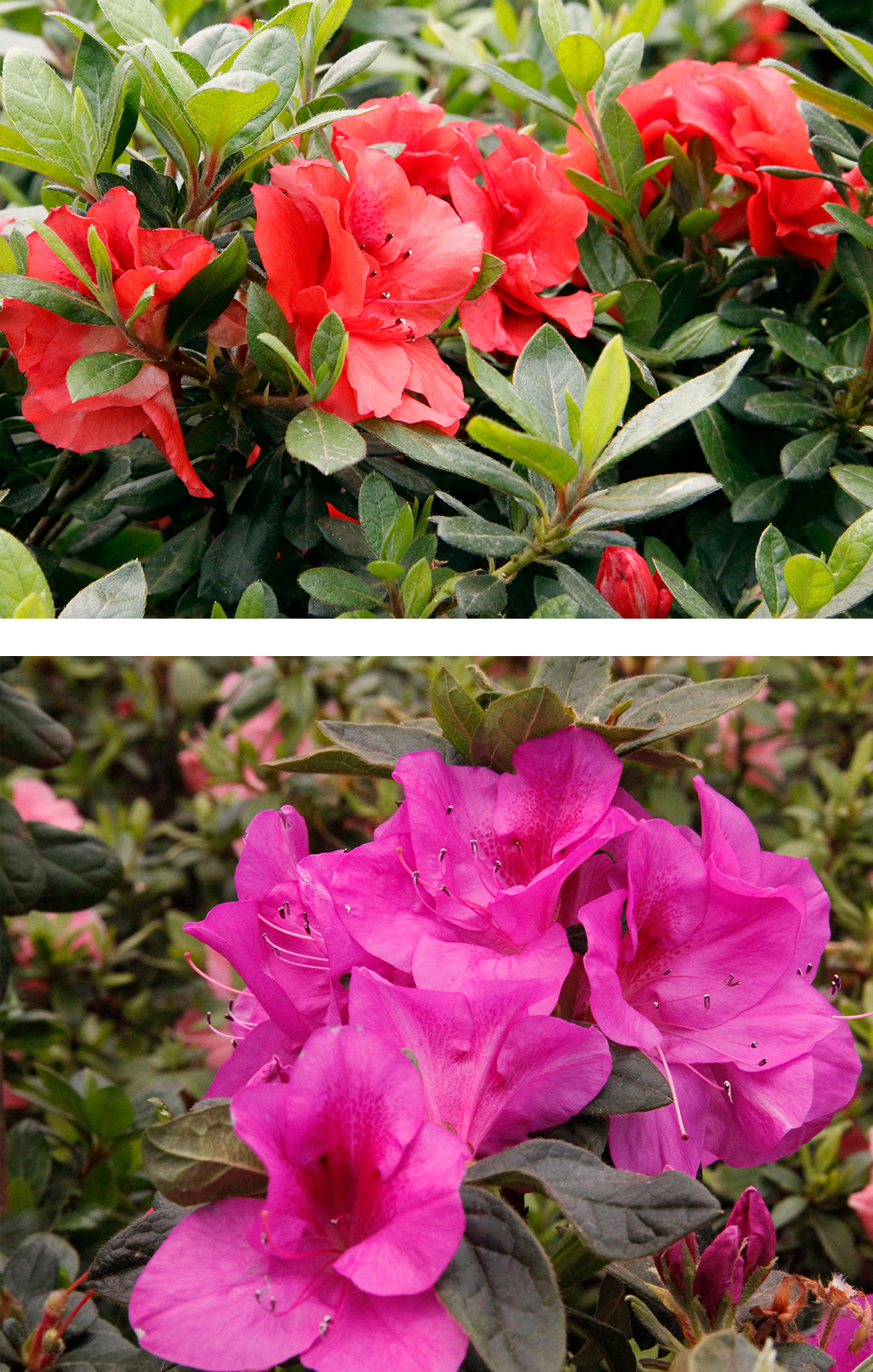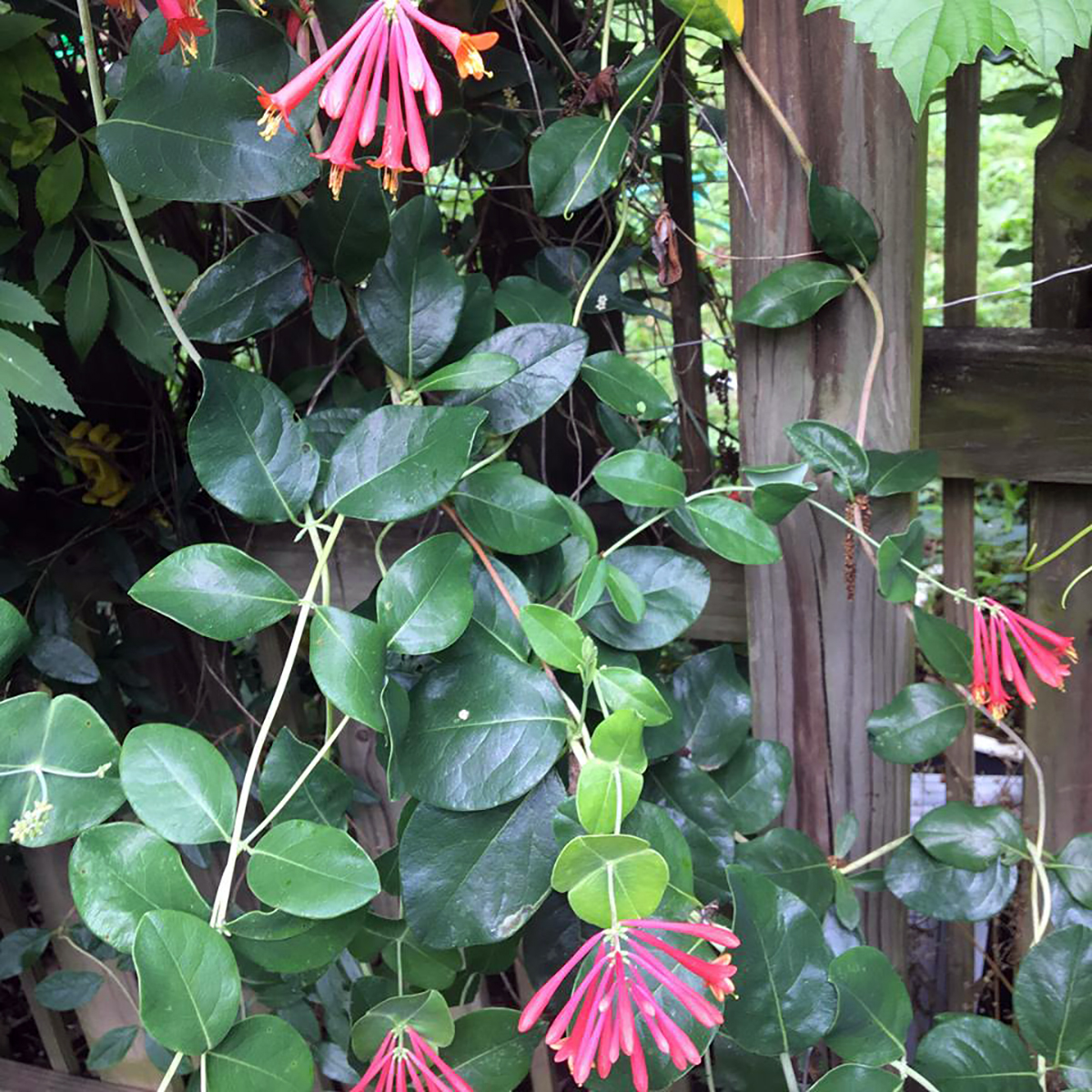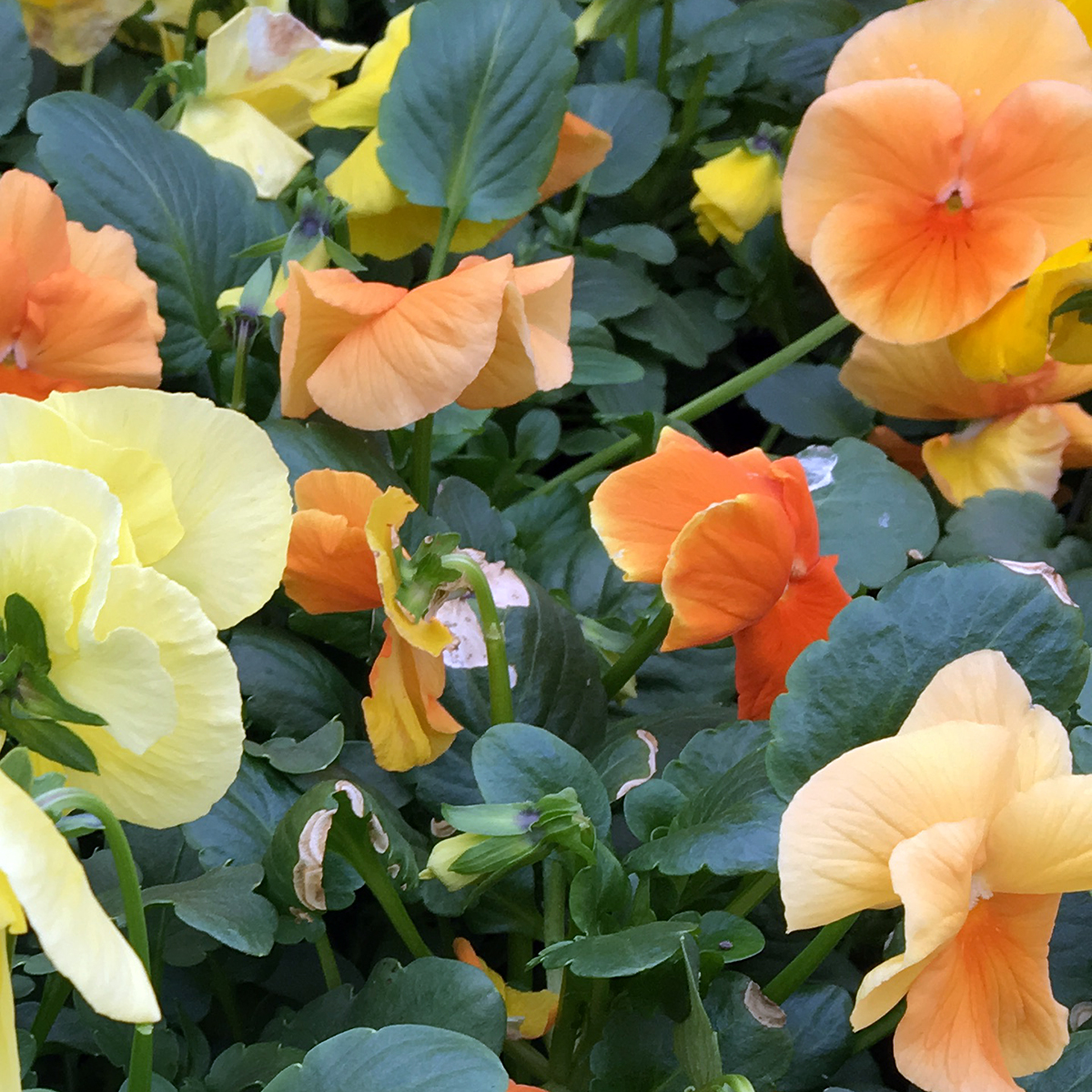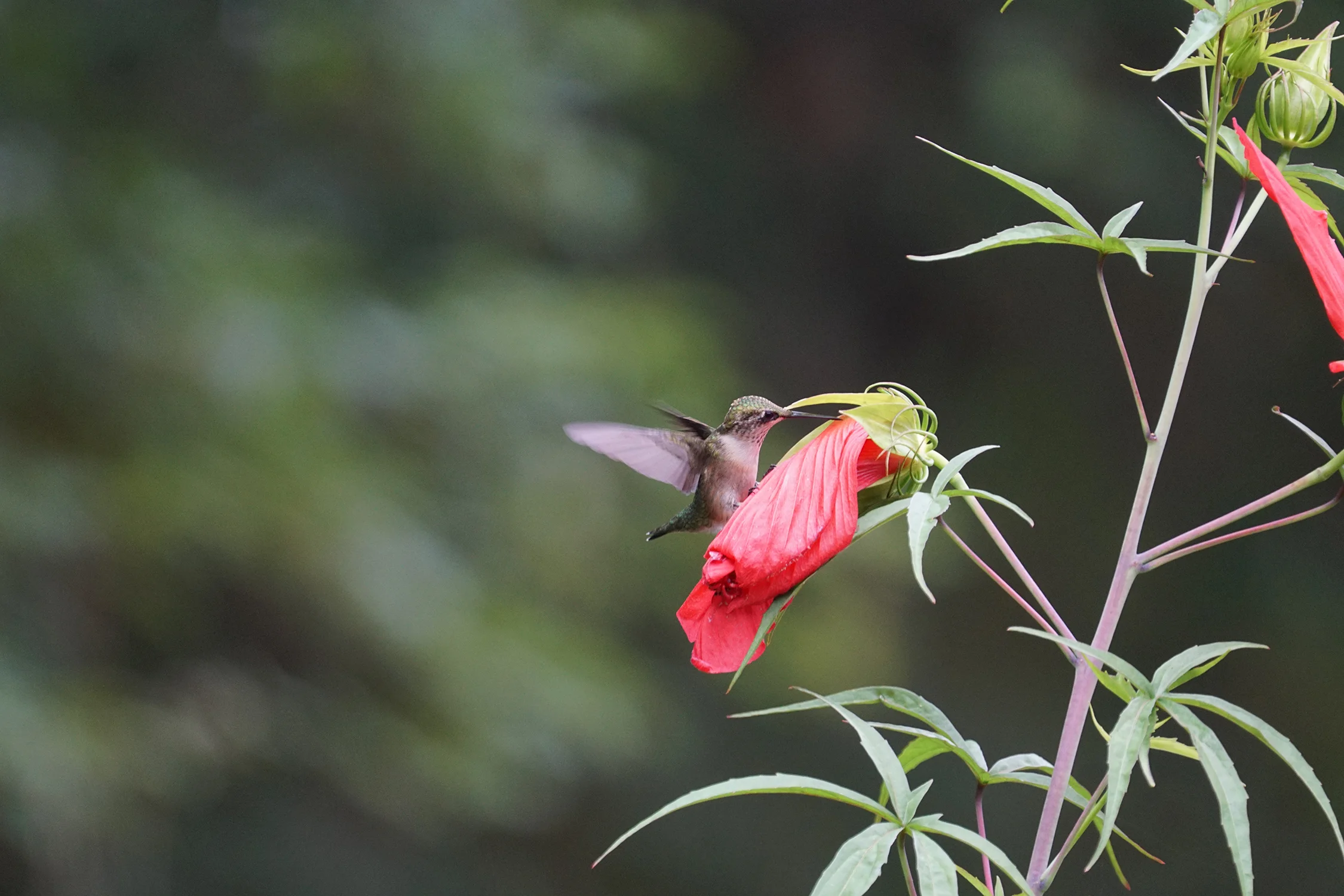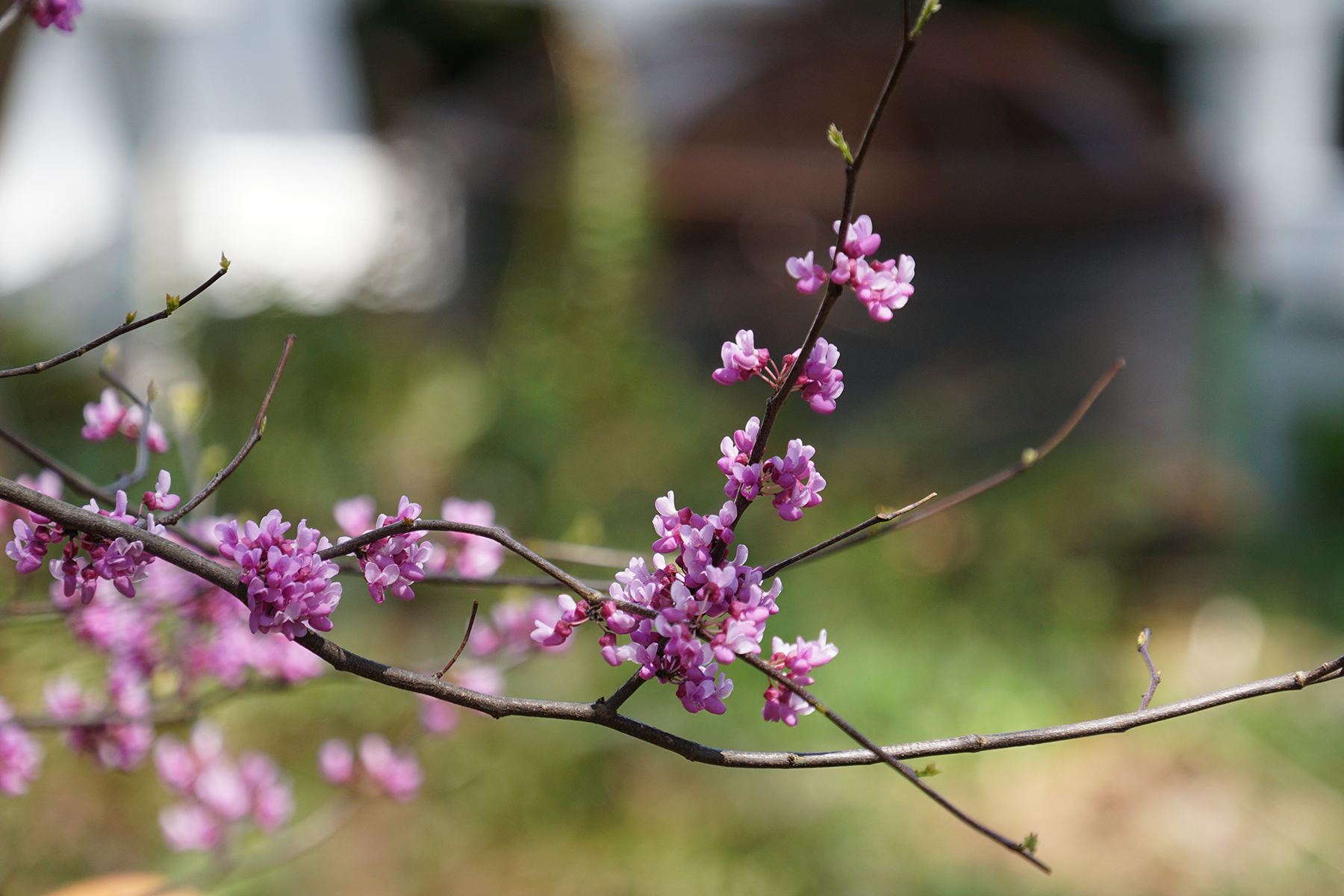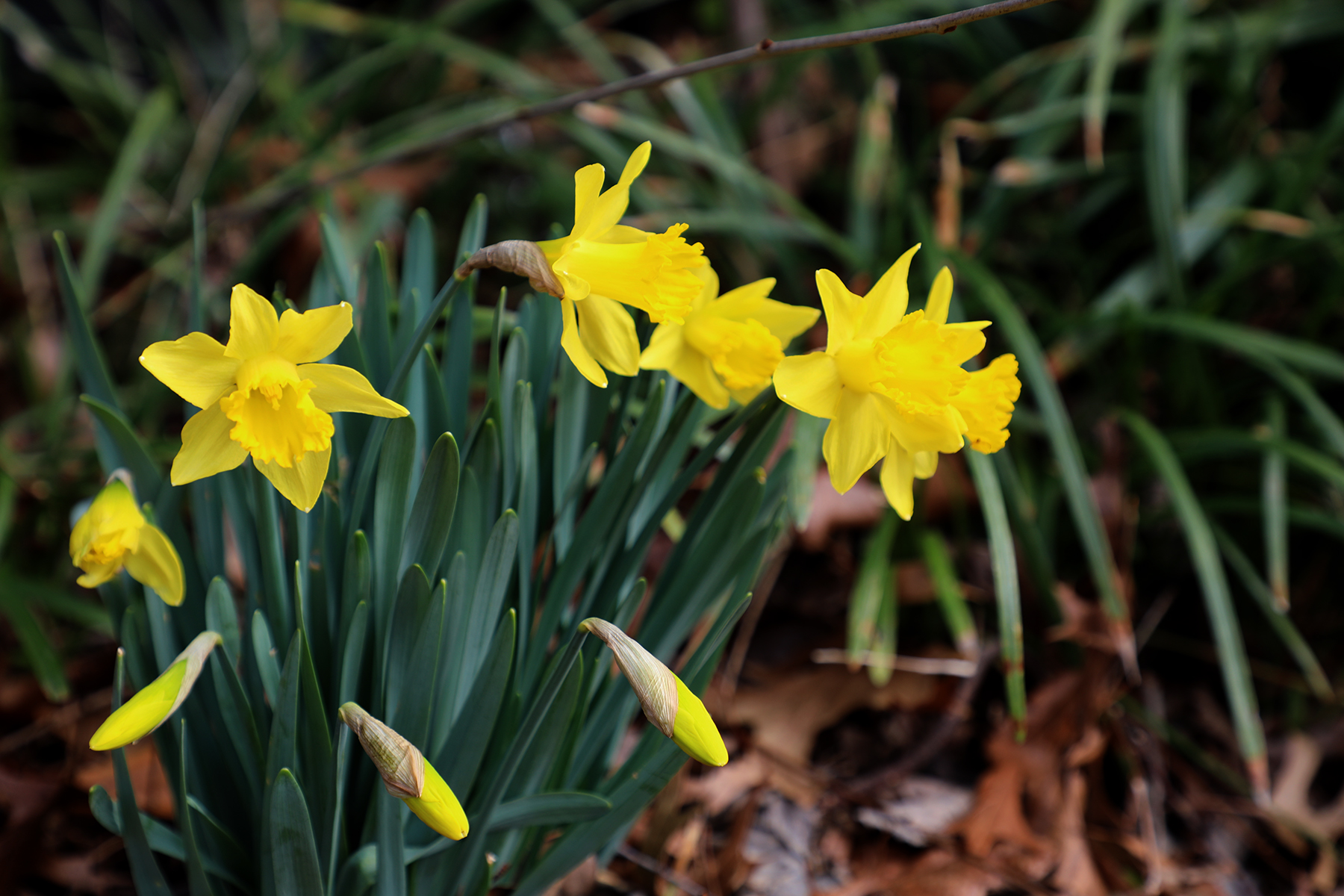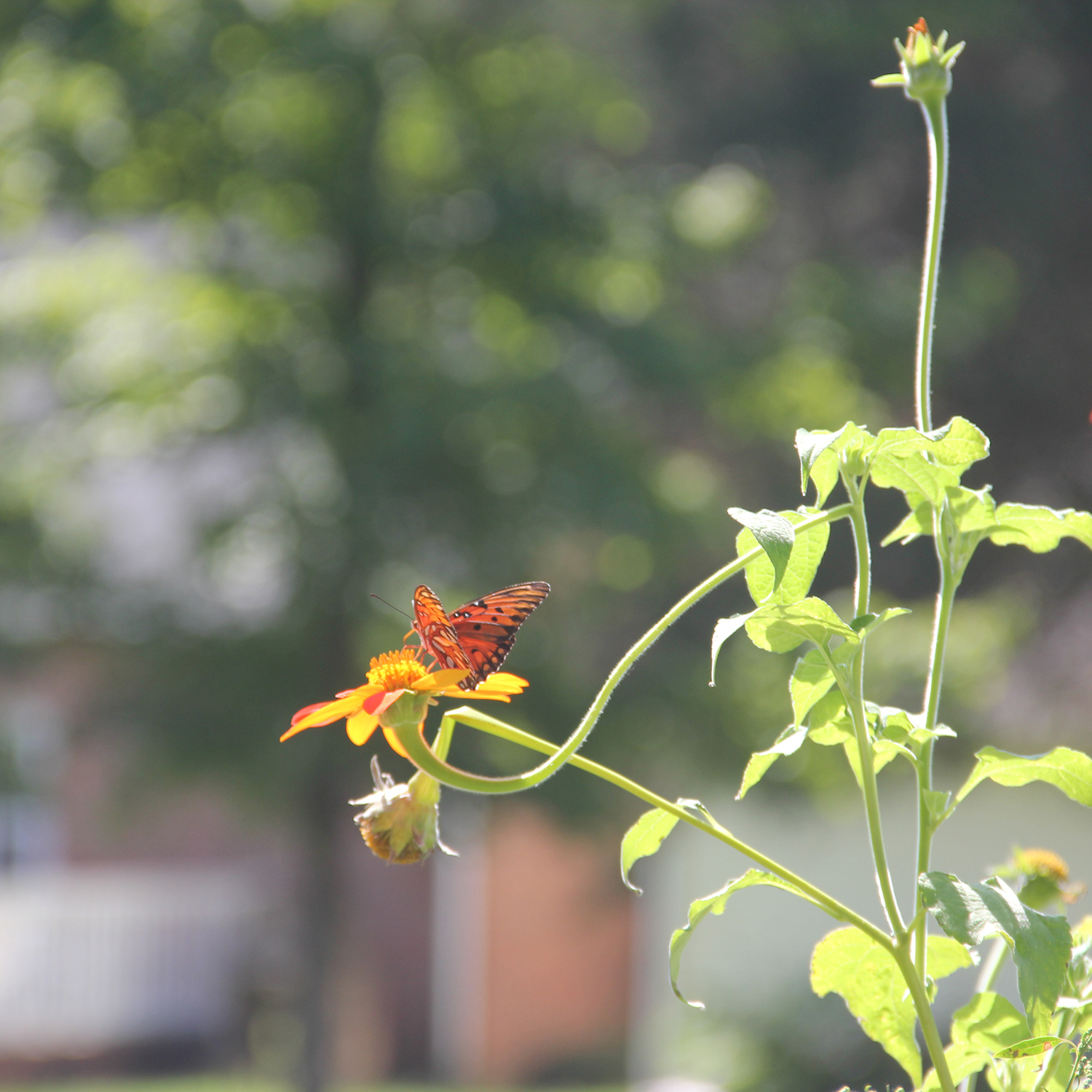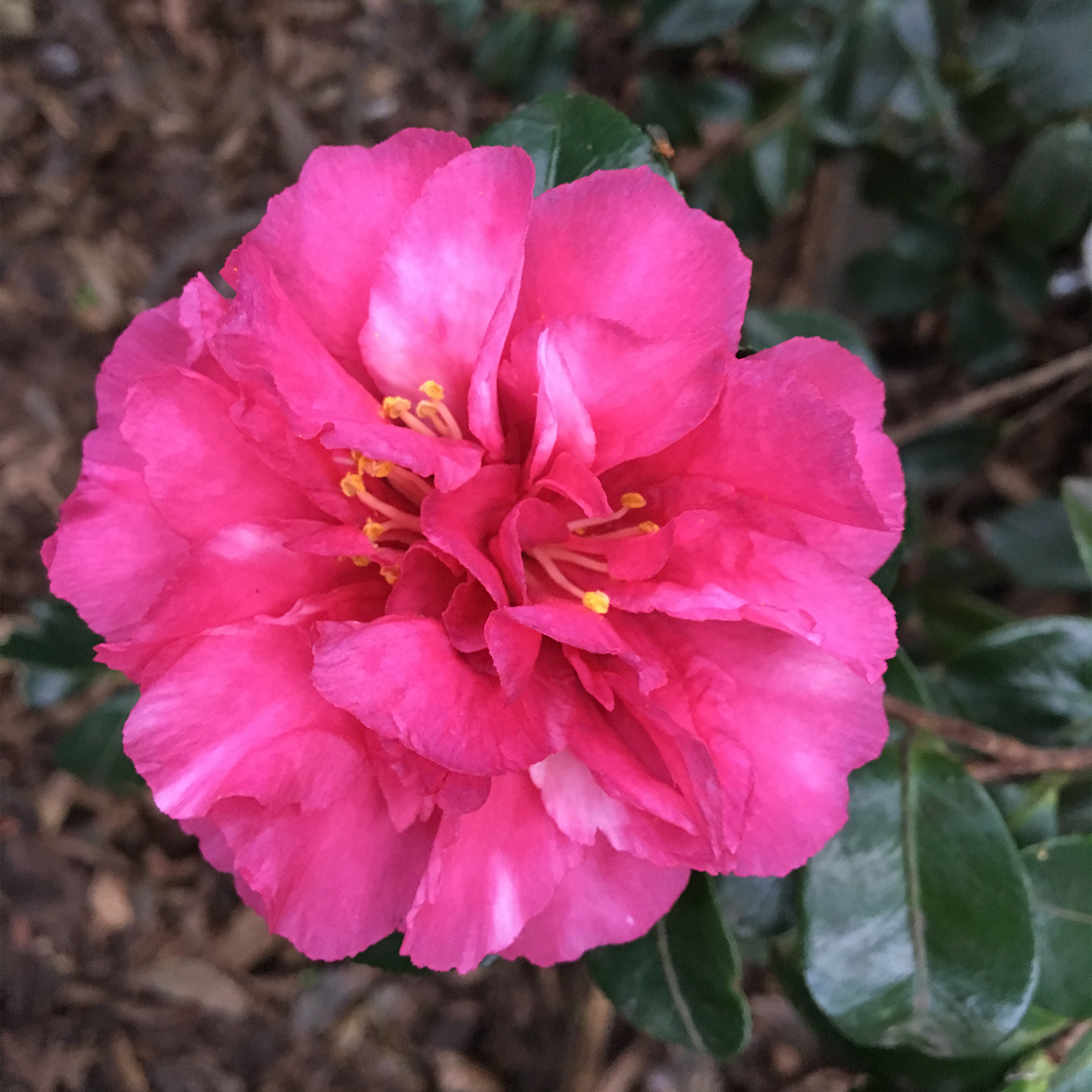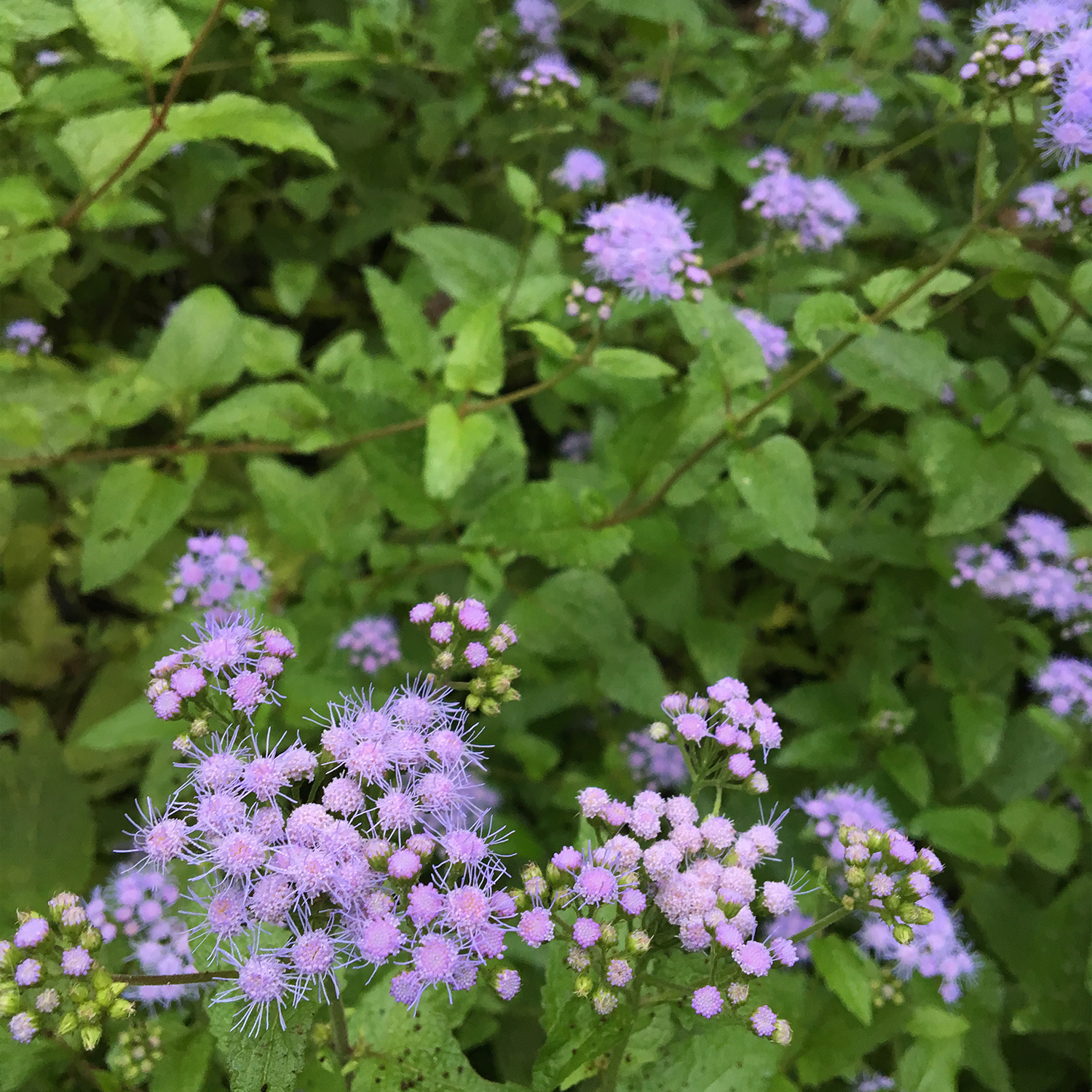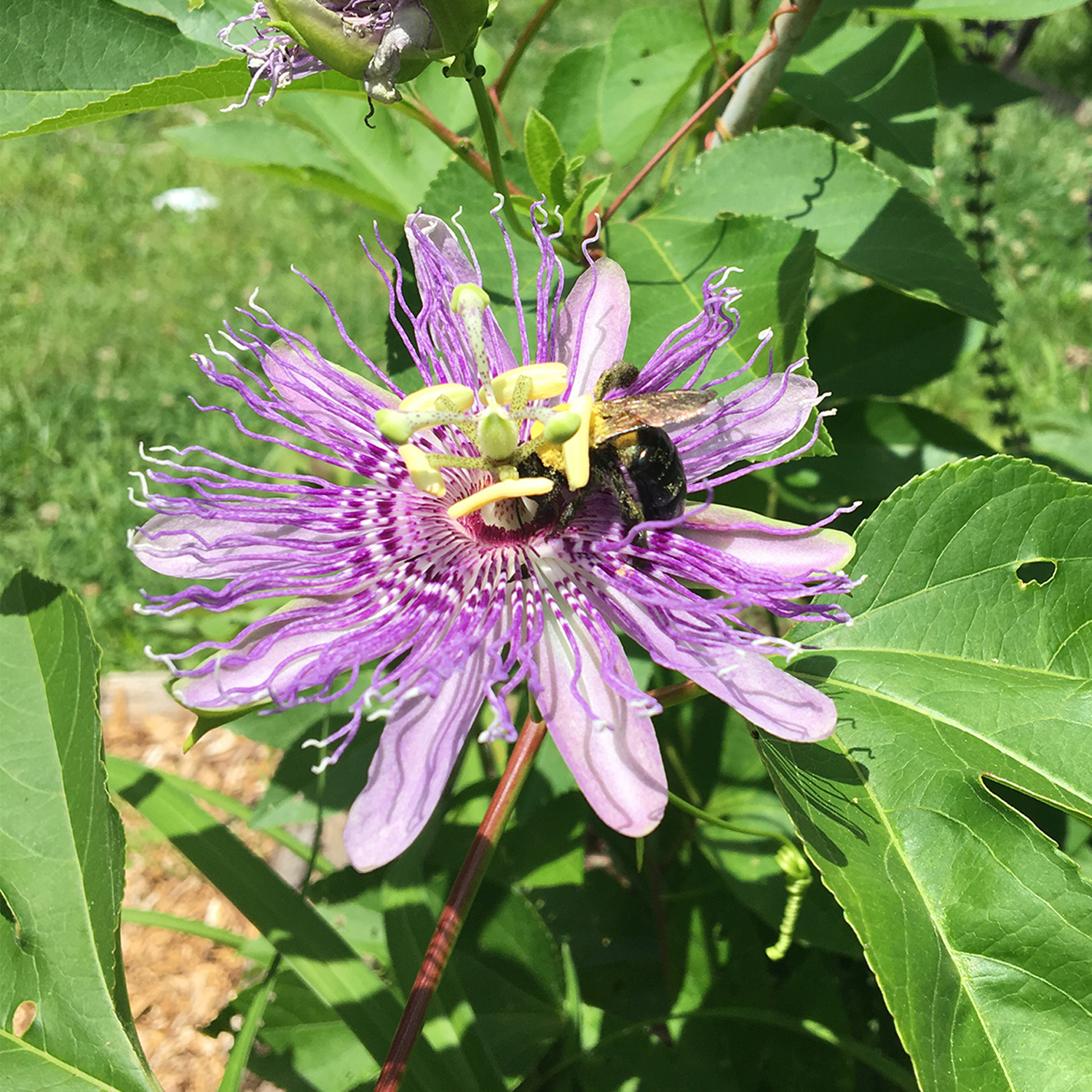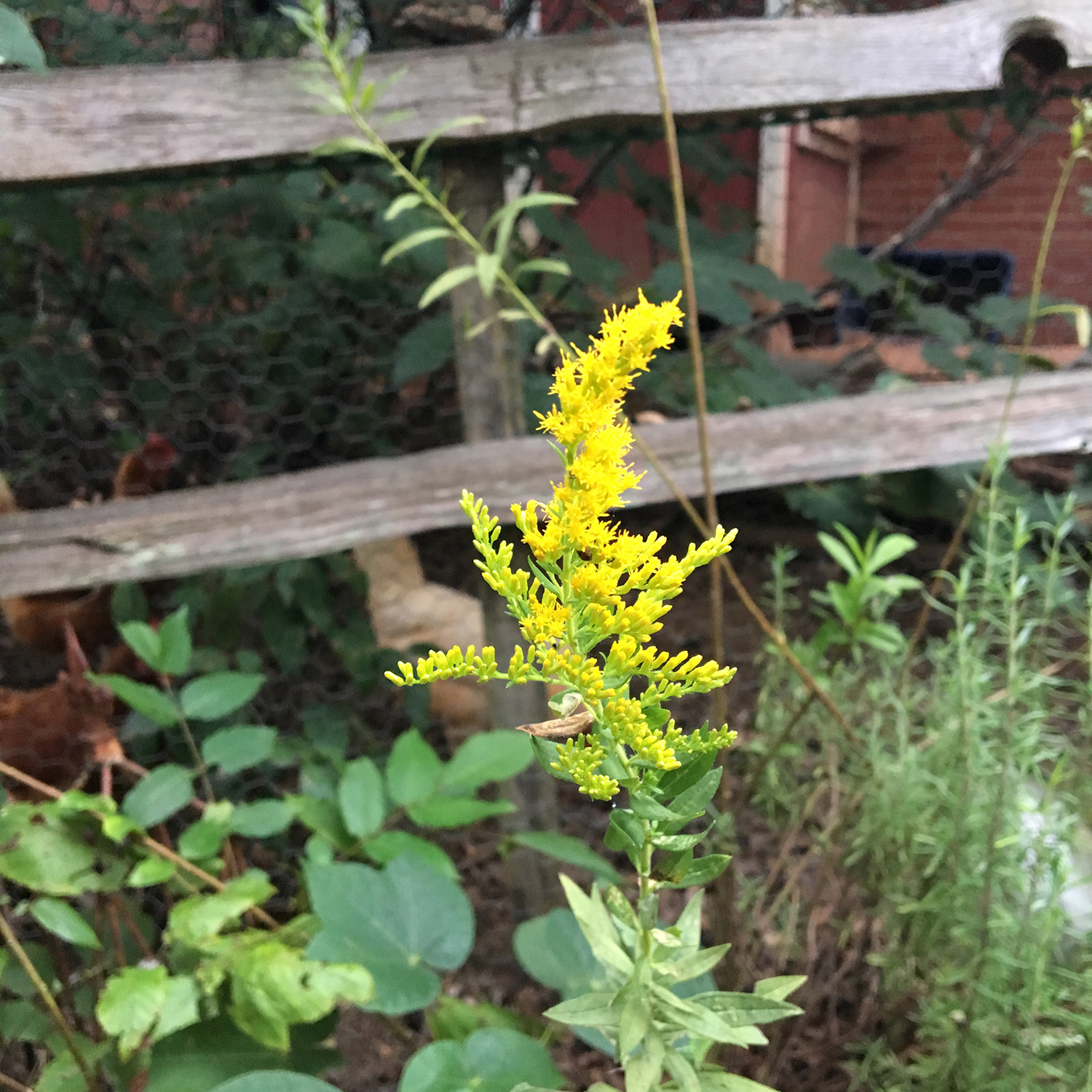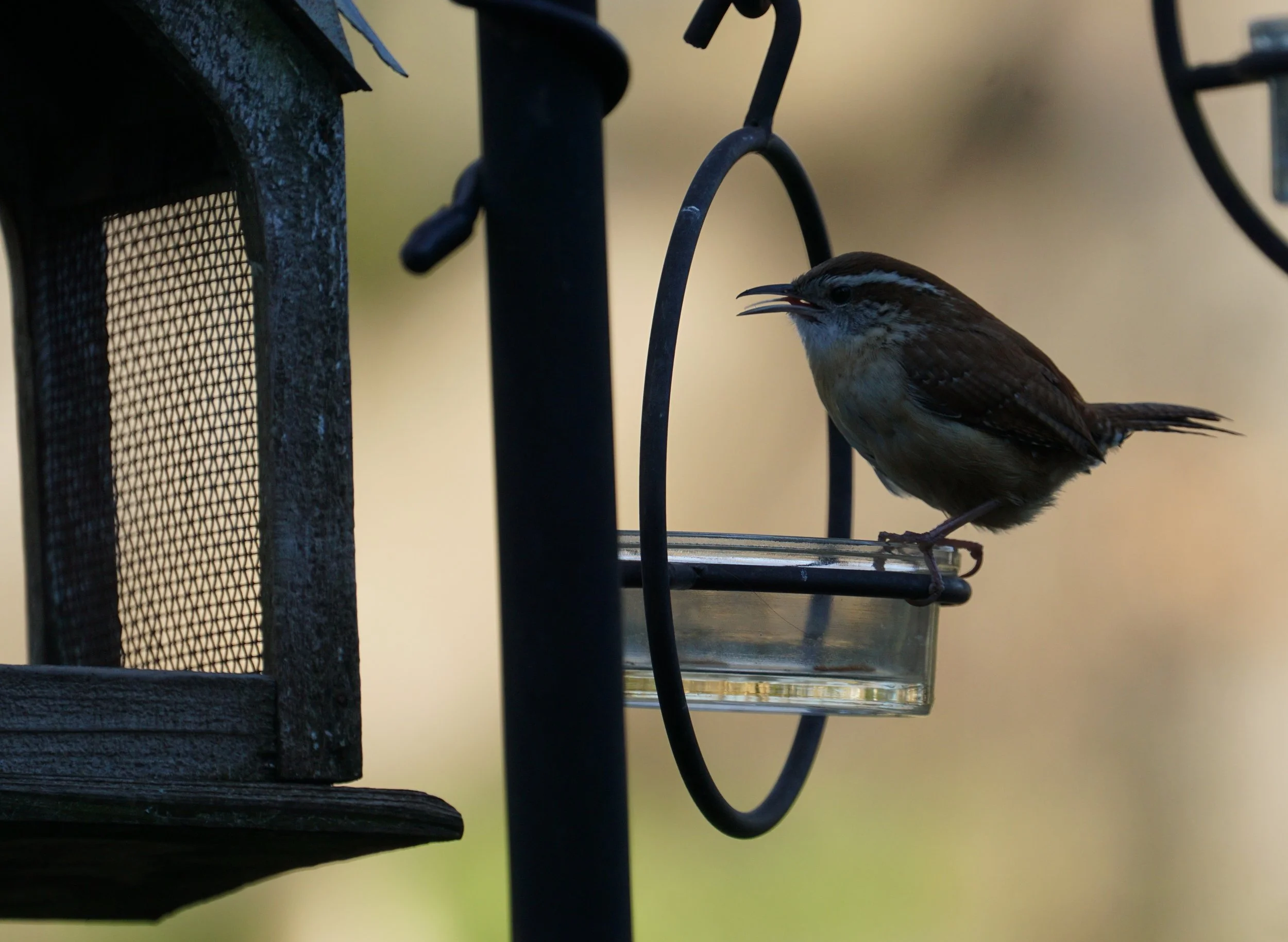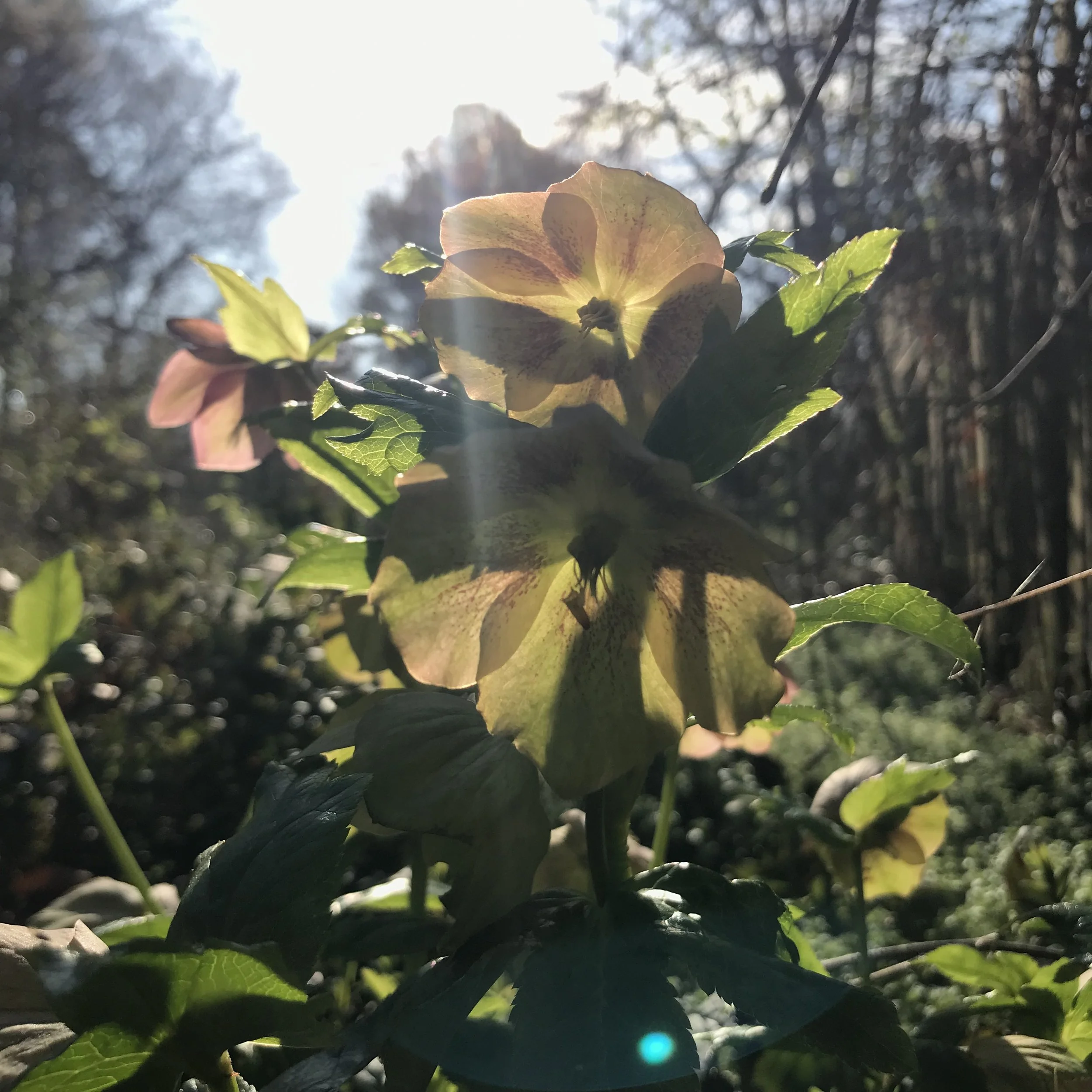By now we’ve had enough of the February and March showers (fewer April showers, please) and the gardening bug is itching. Today we have five pretty spring flowers to brighten the waning winter landscape.
Azaleas: Though the knockout roses have displaced the popularity of the azalea, there’s nothing more southern than a fiery hedge of azaleas in full bloom.
Try a native variety such as Flame, Pinxter, Smoothleaf, and the rare Plumleaf, which blooms long after other varieties have faded.
Carolina Heritage Nursery has several types and is often at the Matthews Community Farmers Market.
Geraniums: Actually pelargoniums and not true geraniums, these colorful flowers popularly adorn front porches from early spring to summer.
Make sure to cover them when a hard frost is coming.
Scented geraniums have edible flowers and leaves and range from chocolate and nutmeg to orange and lemon. Dry the leaves for homegrown potpourri.
Irises: Native flag irises are popping up to greet the spring, with other non-native varieties trailing behind. The deepest purple varieties are nearly black, offering serious drama for those who enjoy a little bit of edge.
Have a low-lying wet area in your yard? The native Flag and Louisiana varieties don’t mind wet toes.
Snapdragons: Not only do snapdragons add color and character to the garden, but the flowers make a gorgeous addition to bouquets for indoor arrangements.
Why Grow Them? Snapdragon puppet shows are a favorite pastime for the Burke family, move their “mouths” and make them talk!
Violets: We’ve already professed a love for the Violaceae family (violas, pansies, Johnny jump-ups) but right now the wild violets are putting on a spectacular show.
Pro Tip: If you don’t spray your yard or have dogs peeing on them, go out and collect the leaves and flowers for a wonderful addition to fresh salads.
